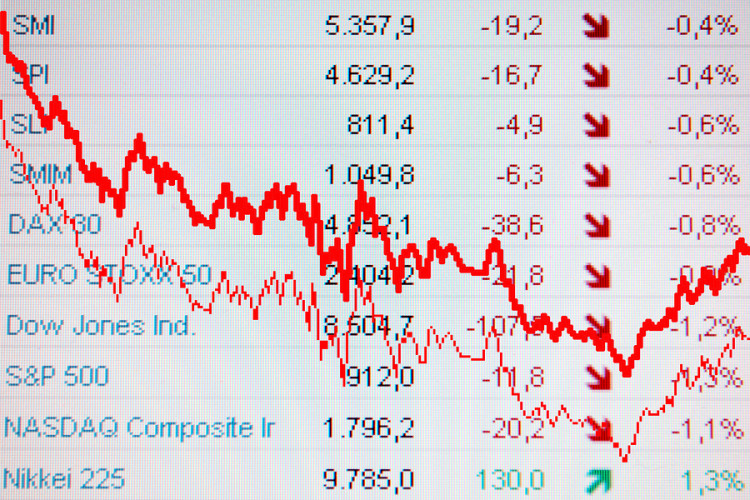The Current U.S. Economy Isn’t Too Disappointing: Justin Fox

published Apr 28th 2016, 1:39 pm, by Justin Fox
(Bloomberg View) —
Were you disappointed by that U.S. gross domestic product report this morning? Economic forecasters were, a little — the 0.5 percent annualized increase in first quarter real GDP compared with a 0.7 percent median projection in a Bloomberg survey of economists.
QuickTake GDP
It was also the slowest quarterly growth in two years, although that’s really not worth getting worked up about at this point. I won’t go into a whole spiel about the uselessness of GDP as a real-time economic indicator, but the number is going to change. Real GDP growth in the fourth quarter of 2015 has so far been estimated at 0.7 percent, 1.0 percent and 1.4 percent, with more revisions to come.Still, it does mean something when economic forecasters are disappointed by the data. Again, probably not GDP data — because that will change — but narrower, more-frequent indicators such as jobless claims or factory orders. If the numbers are a lot worse (or a lot better) than the forecasters expect, it could signal an economic turning point.
The Bloomberg ECO U.S. Surprise Index measures the gap between economists’ forecasts and 38 different high-frequency data series. It currently indicates that the forecasters are still finding the economy’s performance a bit disappointing.
Then again, they’re not nearly as disappointed as they were last spring, when the index hit its lowest point since the financial crisis. That rash of negative surprises presaged months of recession worries, as big trouble in the oil and gas industry and slow growth overseas weighed on the economy. But while there has been a slowdown in the U.S., so far signs that the economy is actually falling into a recession remain few — and the surprise index has recovered. It ventured briefly into positive territory at the end of last month; now it’s negative again, but not all that negative. It would seem to be cause for neither alarm nor great confidence.I should note that economic surprise can be a pretty hyperactive indicator. Here’s the index since its launch in January 2000:
Overall, the index has been in negative territory for 1,537 of the 3,029 days that it’s been calculated. That’s 50.7 percent of the time, which reflects well on the forecasters surveyed. They have been positively surprised almost as often as they have been negatively surprised, meaning that they don’t appear to have a pronounced bias one way or the other.Over the past decade, though, the forecasters have been negatively surprised 59.1 percent of the time. That’s partly because the past decade included the worst recession in three quarters of a century. But even the subsequent economic recovery has been characterized by more disappointment than one might expect during a period of economic growth. The surprise index has been in negative territory 49 percent of the time since the recession ended in June 2009.That’s probably because it’s been such a weak and fitful recovery, with two quarters so far (first quarter 2011 and first quarter 2014) during which real GDP actually shrank. Then again, it does seem to keep going and going. In March it became the fourth-longest U.S. recovery on record. It would be a surprise if it didn’t continue for a while yet.
This column does not necessarily reflect the opinion of the editorial board or Bloomberg LP and its owners.
To contact the author of this story: Justin Fox at justinfox@bloomberg.net To contact the editor responsible for this story: Zara Kessler at zkessler@bloomberg.net
For more columns from Bloomberg View, visit Bloomberg view
copyright
© 2016 Bloomberg L.P




No Comment